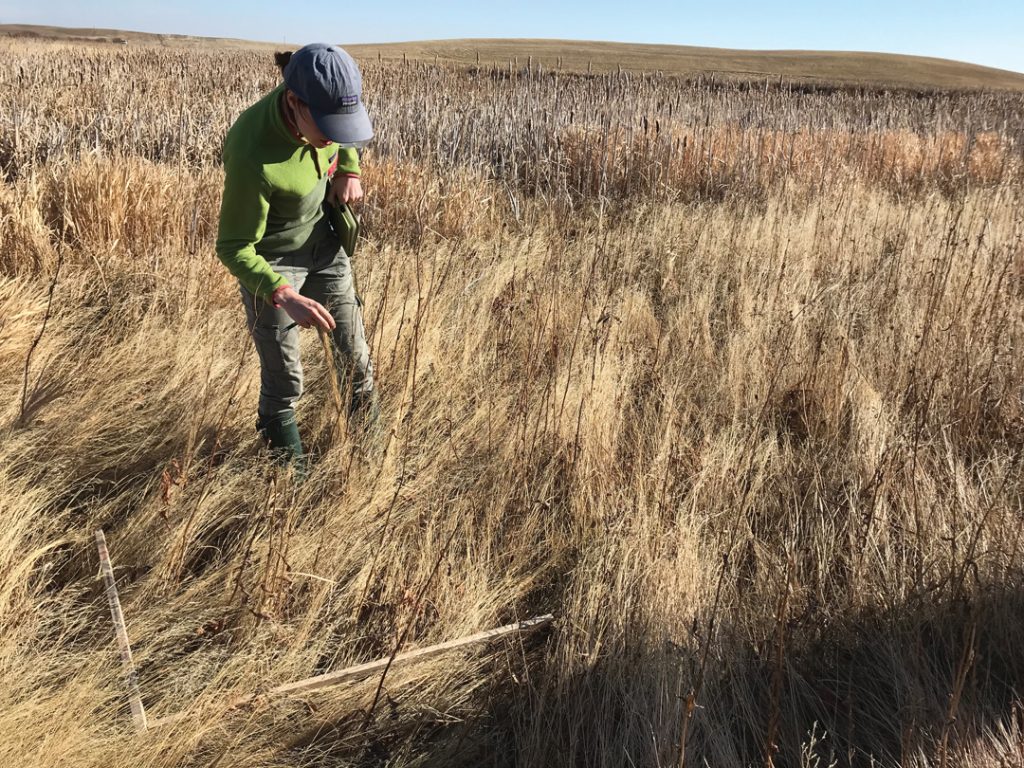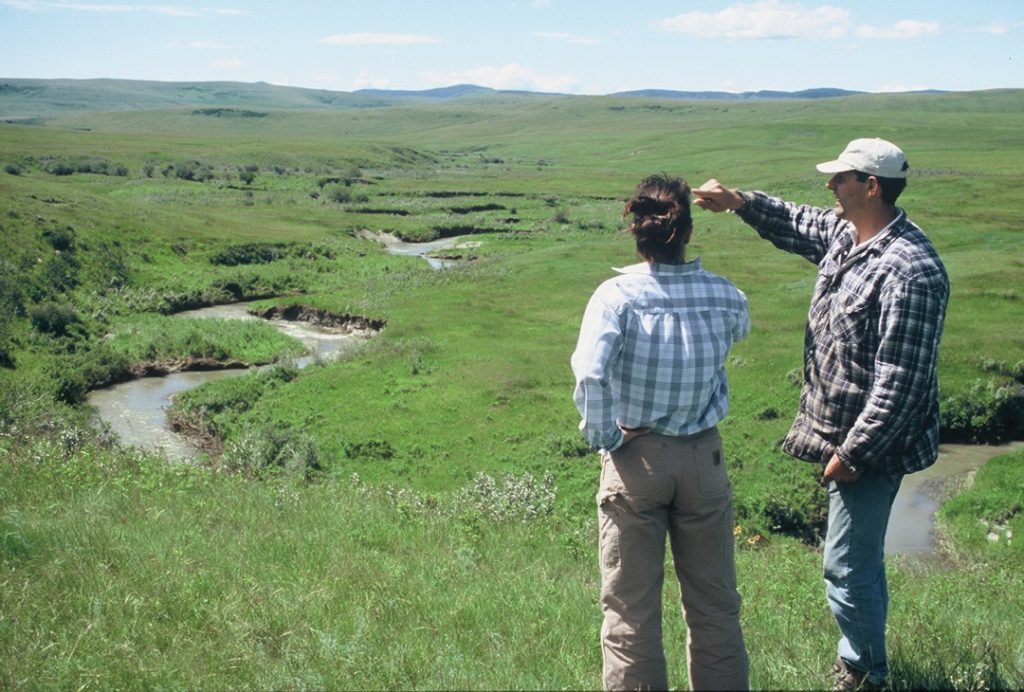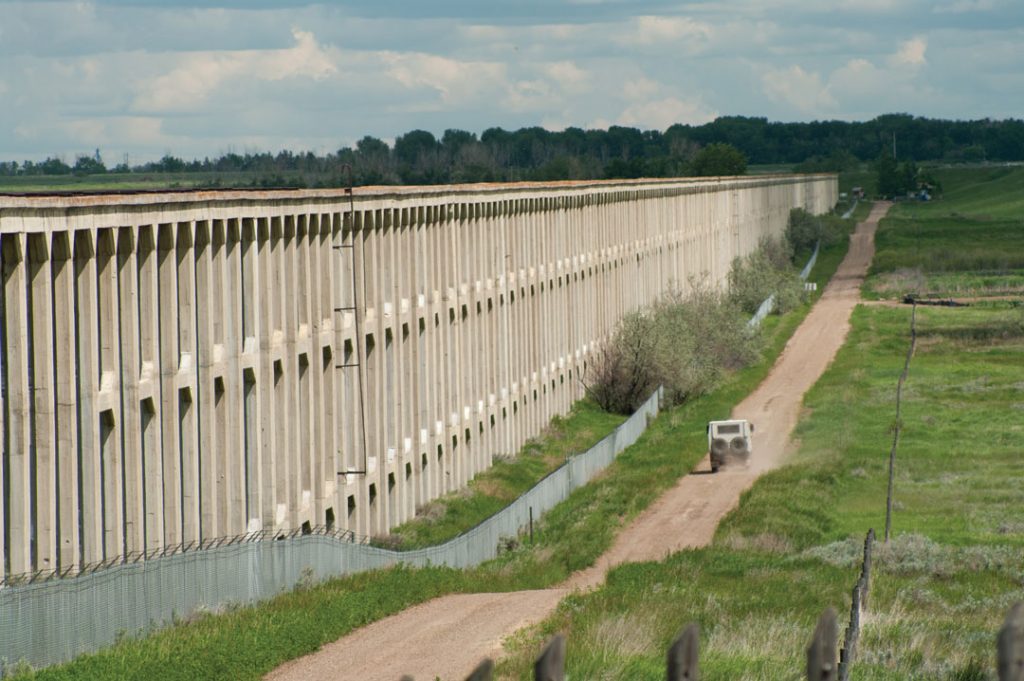Unfortunately, the conversation on climate change policy in Canada is being led by groups that represent a small minority of farmers. While not ideal, this is a natural consequence of the fact the federal government is more ideologically aligned with groups supportive of its 2050 net-zero CO2 emissions agenda. Secondly, and more importantly, these groups, such as Farmers for Climate Solutions, have provided the political cover necessary by providing detailed, data-driven solutions for the government to embrace. The problem being, this data is not representative of the majority of Canadian grain farmers.













